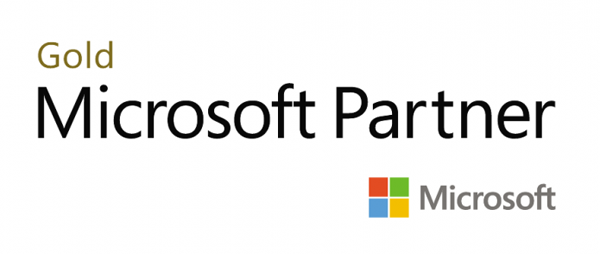Securing Windows Server 2016 (MOC20744)
- Seminar
- Präsenz / Virtual Classroom
- Zurzeit keine Termine
- 40 Unterrichtseinheiten
- Teilnahmebescheinigung
Sicherheit in Serverbetriebssystemen ist ein absolutes Muss.
Dieser fünftägige Kurs vermittelt IT-Experten, wie sie die Sicherheit der von ihnen verwalteten IT-Infrastruktur mit Windows Server Technologien optimieren können. Zu Beginn wird hervorgehoben, wie wichtig es ist, davon auszugehen, dass es vielleicht bereits zu Sicherheitsverletzungen im Netzwerk gekommen ist.
Letzte Durchführung Anfang April. Ggf. auf AZ-801 und/oder SC-300 ausweichen. Nutzen
After completing this course, students will be able to:
Zielgruppe
Anforderungen
Inhalte
Lessons
Module 2: Protecting credentials and privileged access
This module explains how you can configure user rights and security options, protect credentials by using credential guard, implement privileged-access workstations, and manage and deploy a local administrator-password solution so that you can manage passwords for local administrator accounts.
Lessons
Module 3: Limiting administrator rights with Just Enough Administration
This module explains how to deploy and configure Just Enough Administration (JEA).
Lessons
Module 4: Privileged Access Management and administrative forests
This module explains the concepts of Enhanced Security Administrative Environment (ESAE) forests, Microsoft Identity Manager (MIM), and Just In Time (JIT) Administration, or Privileged Access Management.
Lessons
Module 5: Mitigating malware and threats
This module explains how to configure the Windows Defender, AppLocker, and Device Guard features.
Lessons
Module 6: Analysing activity by using advanced auditing and log analytics
This module explains how to use advanced auditing and Windows PowerShell transcripts.
Lessons
Module 7: Analysing activity with Microsoft Advanced Threat Analytics feature and Operations Management Suite
This module explains the Microsoft Advanced Threat Analytics tool and the Microsoft Operations Management suite (OMS), and details how you can use them to monitor and analyse the security of a Windows Server deployment.
Lessons
Lab : Advanced Threat Analytics and Operations Management Suite
Module 8: Securing your virtualization an infrastructure
This module explains how to configure Guarded Fabric virtual machines (VMs), including the requirements for shielded and encryption-supported VMs.
Lessons
Lab : Deploying and using Guarded Fabric with administrator-trusted attestation and shielded VMs
Module 9: Securing application development and server-workload infrastructure
This module details the Security Compliance Manager, including how you can use it to configure, manage, and deploy baselines. Additionally, students will learn how to deploy and configure Nano Server, Microsoft Hyper-V, and Windows Server Containers.
Lessons
Lab : Using Security Compliance Manager
Lab : Deploying and Configuring Nano Server and containers
Module 10: Protecting data with encryption
This module explains how to configure Encrypting File System (EFS) and BitLocker drive encryption to protect data at rest.
Lessons
Lab : Configuring EFS and BitLocker
Module 11: Limiting access to file and folders
This module explains how to optimize file services by configuring File Server Resource Manager (FSRM) and Distributed File System (DFS). Students will learn how to protect a devices data by using encryption or BitLocker. Students also will learn how to manage access to shared files by configuring Dynamic Access Control (DAC).
Lessons
Module 12: Using firewalls to control network traffic flow
This module explains the firewalls that are present on Windows Server.
Lessons
Lab : Windows Firewall with Advanced Security
Module 13: Securing network traffic
This module explains how to secure network traffic and how to use Microsoft Message Analyzer, Server Message Block (SMB) encryption, and Domain Name System Security Extensions (DNSSEC).
Lessons
Module 14: Updating Windows Server
This module explains how to use Windows Server Update Services (WSUS) to deploy updates to Windows Servers and clients.
Lessons
Lab : Implementing update management
Hinweise
Letzte Durchführung Anfang April. Ggf. auf AZ-801 und/oder SC-300 ausweichen!

